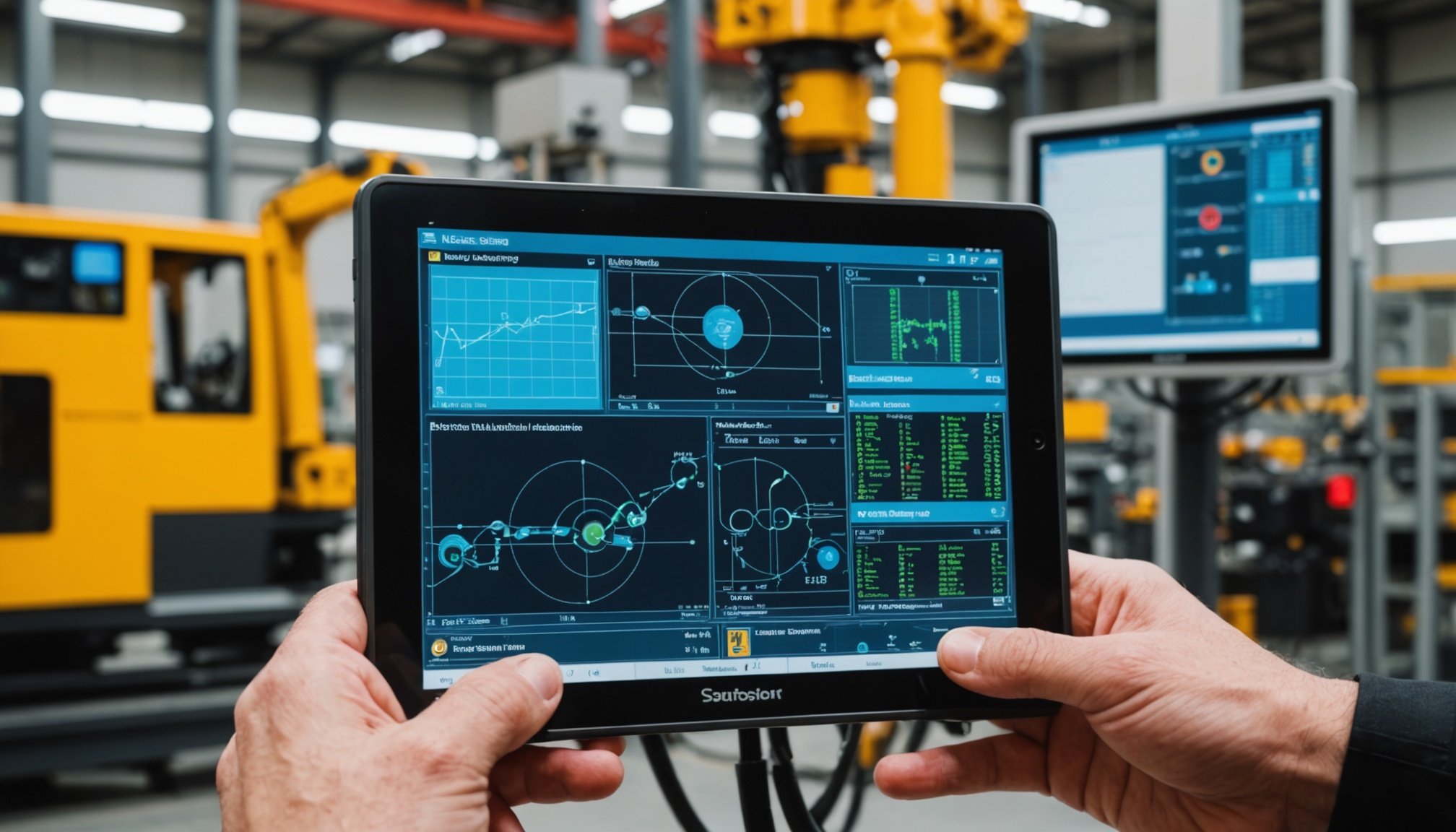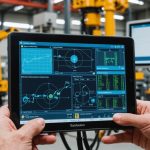Overview of Sensor Innovations in Industrial Automation
In the realm of industrial automation innovations, sensor technology serves as a catalyst for efficiency and precision. Sensor applications play a pivotal role by transforming industrial settings. Among the key sensor types are optical, proximity, and temperature sensors. These types have revolutionized automation by providing real-time feedback.
Optical sensors, for example, are integrated into quality control systems to detect defects, ensuring only flawless products proceed. Proximity sensors aid in machine safety by detecting the presence of objects without physical contact, thus preventing accidents. Temperature sensors are crucial for monitoring and regulating machine conditions to optimize performance and prevent overheating.
This might interest you : Transforming urban rush hour: the game-changing impact of ai on traffic control
Historically, the evolution of sensor technology has been remarkable. Initially, simple mechanical sensors were the norm. As demand for precision increased, so did the complexity and capability of sensors. Today’s advanced designs incorporate sophisticated algorithms and connectivity options, allowing seamless integration into automated systems. This progression highlights the importance of sensor technology in maintaining streamlined operations.
In essence, sensors are the linchpins in automation, enabling systems to communicate, adjust, and operate autonomously with precision and reliability. The relevance of these innovations cannot be understated, as they continue to push the boundaries of what is achievable in industrial automation.
This might interest you : Unleashing the future: groundbreaking lithium-sulfur battery innovations transforming electric vehicles
Key Applications of Sensor Technology in Industry
As sensor technology continues to evolve, its integration into industrial applications brings about increased automation efficiency. By embedding sensors throughout the production line, industries can optimize operations, leading to notable advancements in automation efficiency. This integration is not only about operational improvements but also focuses on industry transformation.
Smart Manufacturing Solutions
In the realm of smart manufacturing, sensor technology plays a pivotal role. Sensors are embedded in machinery to support real-time adjustments, ensuring seamless sensor integration. This capability allows factories to adapt rapidly to changing conditions, fostering a flexible environment.
Real-time Monitoring and Data Collection
Through real-time monitoring, sensors collect immense amounts of data. This data is essential for analytics, providing insights that drive process optimization. Industries harness these insights to make informed decisions, ultimately improving efficiency and productivity in the industrial sensor applications.
Predictive Maintenance Strategies
Sensors are vital for predictive maintenance, a strategy that reduces equipment downtime by predicting potential failures before they occur. This proactive approach, facilitated by sensor integration, not only saves time and costs but also extends the lifespan of equipment. Such dynamic solutions showcase the benefits and practicality of sensor-based technologies in modern industrial environments.
Benefits of Advanced Sensor Technology
The advancement in sensor technology brings numerous advantages that significantly improve various industrial processes. Enhanced operational efficiency is at the forefront, thanks to the improved accuracy and reliability these sensors provide. By precisely monitoring real-time data, businesses can automate operations, minimise errors, and optimise resource use. This leads to increased productivity and reduced operational costs, benefiting a company’s bottom line.
In addition to operational gains, advanced sensors play a crucial role in enhancing workplace safety. They offer better monitoring systems that help identify potential hazards before accidents occur. This proactive approach not only safeguards employees but also minimises downtime due to safety incidents, thus maintaining production schedules.
Moreover, integrating advanced sensor technologies can result in substantial cost-saving advantages. The reduction in manual supervision requirements and the shift towards automated systems decrease error margins and resources wasted on inefficiencies. Companies adopting these technologies often see a notable reduction in maintenance costs and equipment replacement frequency due to the predictive maintenance capabilities of sensors.
In conclusion, the adoption of advanced sensors is a smart investment for businesses looking to improve efficiency, safety, and cost-effectiveness in their operations.
Case Studies of Successful Sensor Implementations
Understanding how sensor technology is effectively integrated can illustrate its potential in transforming industries. Various sectors showcase the remarkable improvements and success stories from completed projects.
Example 1: Automotive Manufacturing
In the automotive sector, sensors are crucial for optimizing production. By implementing sensor networks, manufacturers can achieve real-time monitoring of machinery health. This leads to reduced downtime, as it allows predictive maintenance and efficient resource allocation.
Example 2: Food Processing Industry
Food processors utilize advanced sensor technology to maintain strict quality control. Sensors monitor factors such as temperature and humidity, ensuring that products meet safety standards. Enhanced process monitoring can result in fewer recalls and compliance with health regulations.
Example 3: Oil and Gas Sector
In the oil and gas industry, sensor implementation in exploration and production has yielded significant improvements. Through data collection and analysis, companies can optimize extraction processes, thus reducing costs and increasing yield.
Detailed Analysis
Across these examples, quantifiable results, such as cost savings and increased efficiency, are evident. Some of the best practices include regular training sessions and maintaining an adaptable infrastructure to incorporate future advancements. These case studies highlight that while unique challenges exist, effective sensor technology integration can significantly enhance operations.
Emerging Trends in Sensor Technology
In sensor technology, one of the most significant trends involves the integration with the Internet of Things (IoT). This progression is transforming how sensors are employed across industries, enabling interconnected systems that communicate data seamlessly. Through IoT, sensors are becoming pivotal in gathering real-time information, thereby enhancing automation processes and decision-making capabilities.
The influence of AI and machine learning on these sensors cannot be understated. These technologies enable sensors to go beyond data collection, allowing for predictive analytics and anomaly detection. By processing large data sets, AI can derive patterns and insights, thereby refining sensor accuracy and functionality. This symbiotic relationship between sensors and AI is crucial for automation advancements.
Looking forward, exciting developments in sensor technology include innovations such as self-powered sensors and sensors that leverage advanced materials like graphene. As sensor technology continues to evolve, we can anticipate further miniaturization, increased sensitivity, and improved energy efficiency. These future sensor innovations are likely to reshape various sectors, from healthcare to manufacturing, presenting opportunities for enhanced operational intelligence and automation. Staying informed about these trends is essential for those keen on leveraging the full potential of emerging sensor technologies.











